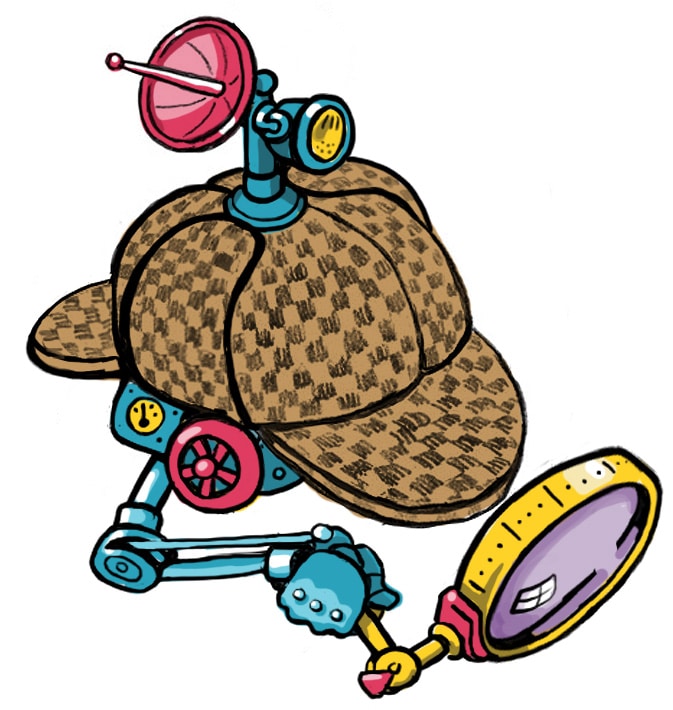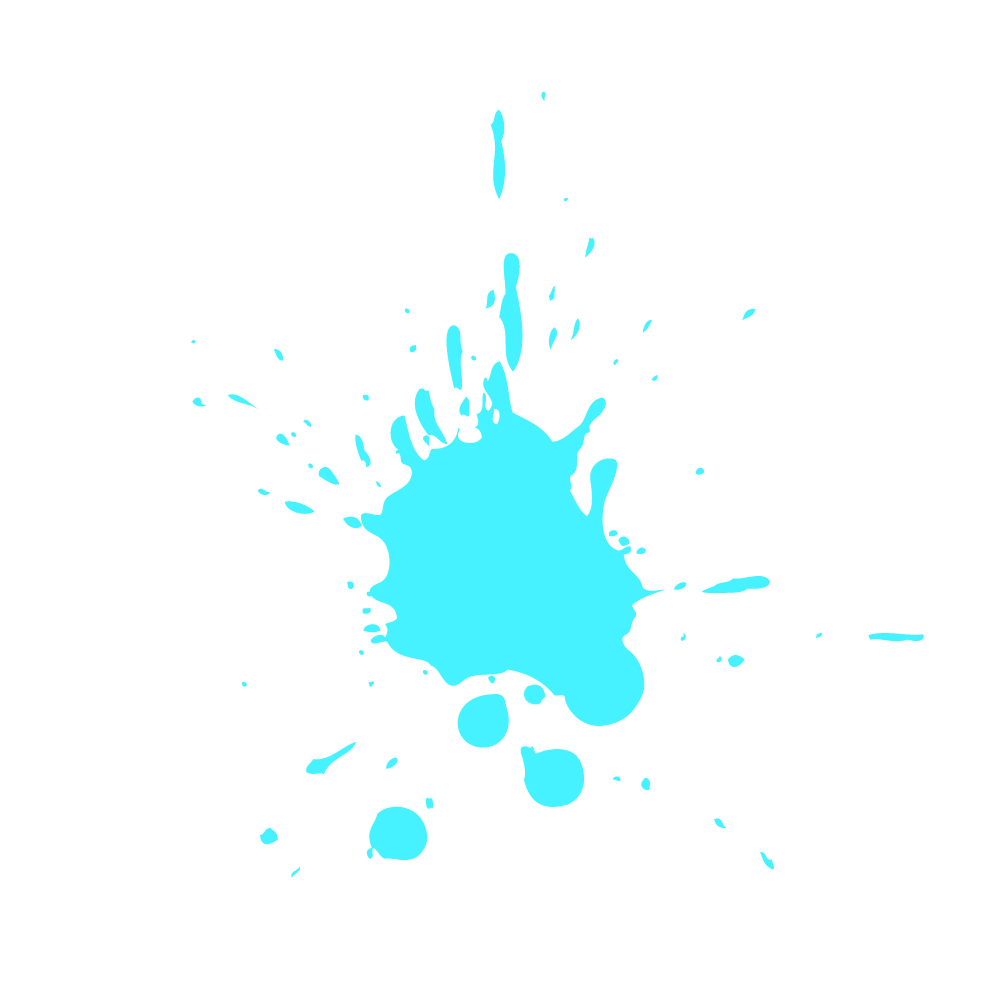Albert Einstein once remarked: “I am neither clever nor especially gifted. I am only very, very curious.” He went on to add: “It is a miracle that curiosity survives formal education!”
Think of some of the most curious people you know and invariably children will come to mind.
And what question do children ask over and over again?
WHY? WHY? and WHY? again.
WHY? is how we learn. But unfortunately, once we begin formal education and the workplace, we are taught that there is only one right answer. So, we stop ourselves from asking that second (and third, and fourth) “WHY?” Yet it is often the third, fourth, or even the fifth WHY? that reveals true insights for innovation.
For example, if you ask someone WHY? they visit a Disney theme park, one of the most common responses you will get is “because I like the attractions.” If you were to stop at this first WHY? you would summarize that in order to drive more visitation, all you need to do is invest in new capital infrastructure and create new attractions (costing hundreds of millions of dollars, of course).
However, if you were to allow your curiosity to get the better of you and ask that second WHY? (WHY do you like the attractions?), you might hear: “Well, actually more than anything I really love “It’s A Small World.” Ask WHY? again (WHY do you like “It’s a Small World”), and you might learn “Because I remember going with my mom.” Ask the fourth WHY? (WHY is that an important detail?) and you can learn that “Because now I get to take my daughter with me on that same ride.”
Suddenly, by asking the third, fourth, and fifth WHY?, you discover that you might not need new capital infrastructure at all. By asking these WHY?’s, you’ve learned that what is really important is the ability to come back year after year to create new memories and family
traditions on the foundations of old ones. If you were tasked with driving more visits to Disney, this discovery would allow you to focus not on costly infrastructure development, but on a new PR and Marketing campaign promoting family nostalgia and traditions at the park.
This curiosity and focus on WHY? is not just something that’s important for a theme park. In a recent study conducted by the Harvard Business Review, over 3,000 employees credited curious people with bringing most of the new ideas into an organization and viewed curiosity as a key catalyst for job satisfaction, motivation, and innovation.
So, how might we create a “Culture of Curiosity” across our own organization? Here are 5 ideas to get you started:
1. Time to Think
When I ask people what their biggest barrier to innovation is, the response I hear the most often is “I don’t have time to think.” A study of the Forbes “Top 100 CEOs” confirmed that lack of time is indeed considered to be the biggest barrier to innovation.
Think about some of the most innovative companies you know. Does Google come to mind? Certainly, Google would rank in the Top 5 most innovative companies for nearly everyone.
So, what does Google do that is so revolutionary? They give their engineers what they call “20% Time” (AKA Time to Think). Time specifically allocated for their employees to be curious and discover new avenues for exploration. This policy has given birth to innovations like Gmail, Google Maps, Google Glass, Self-Driving cars and more.
Not a bad return on their investment!
2. Unplanned Collaboration
When Steve Jobs left Apple and helped start Pixar, he designed the campus in Emeryville around what he termed “Unplanned Collaboration.” The concept was to create a workplace specifically designed to bring together people who might not normally meet, to have a conversation they weren’t supposed to have, and develop new ideas that wouldn’t have occurred in a normal office setting.
Most organizations sit in very structured environments where teams sit in areas determined by discipline. So, how might we recreate our own workspaces to allow for more “Unplanned Collaboration”?
We could create areas determined by work projects that ebb and flow with the project timeline. That is why co-working spaces such as WeWork perform so well, because they bring together people with very different skill sets from very different industries.
3. Go for a Walk
Consider this: where are you and what are you doing when you get your best ideas? While the most frequent response I get is “the shower,” it is more often than not immediately followed up by “out for a walk.”
Those who worked with Walt Disney or Steve Jobs would often tell you about their famous walks. When they wanted “Time to Think” they would stimulate their curiosity by wandering the campus or actually holding literal “walking meetings.” In fact, I was recently conducting an Innovation Workshop at Apple’s Headquarters in Cupertino and was invited to walk the new Apple Park campus. Like Pixar, the campus is designed specifically for walking, with orchards, skateboard parks, hills, and other wonderful spaces where you can allow your mind to wander and get “lost in thought.”
4. Look Outside Your Industry
Most innovations come from looking outside your industry and being curious. When Speedo was charged by The Olympic Swim Team to “make our swimmers go faster through water” they used a tool I have in my Imagination Emporium Toolkit titled “Where Else.” The Speedo team literally asked “where else” has someone (or something) already solved the challenge of moving quickly through water? They came up with a list that included torpedoes, sharks, motorboats, dolphins, fish, etc. Eventually, they decided to conduct a biomimicry study of a Bullnose Shark.
Their curiosity paid off, as they discovered that the shark’s skin has hundreds of thousands of sharp pimples embedded within, under which there are microscopic air pockets that can expand and contrast, allowing for great speed control. The engineers at Speedo “borrowed” this design, creating materials that could adjust to variable speeds during a swim event, such as slowing down to make a turn, or speeding like a bullet during the final stretch.
The end result was Speedo’s special one-piece swimsuits that were seen on the U.S. Olympic Swim Team during the Sydney Olympic Games. Swimmers in these suits broke multiple world records. In fact, the competitive advantage was so great that the suits were eventually banned from future competitive swim meets.
Needless to say, Speedo’s curiosity and willingness to look outside their industry had most certainly solved the challenge.
5. Create a New Language
Simply reframing your challenge by using a different set of questions can pique your curiosity and help you find new insights for innovation. I use “How Might We…?” quite a bit to achieve this result. When used at the beginning of an Expansionist (Divergent Thinking) Forum, it helps me get the “Reductionist Thinkers” out of their “River of Thinking” (i.e., their own expertise) and to consider all the possibilities.
When solving a difficult challenge, you can ask yourself: “What if you challenge all the rules of your existing business model?” Just by breaking one of those rules, you can find yourself getting to a different place.
In 1944, when inventor Edwin Land’s daughter asked him why they couldn’t immediately see the photo they had just taken while on vacation, his initial response was “because cameras don’t work that way.” No matter the make or model, cameras had always required development, which was done by specially trained individuals in specialized dark rooms. But his daughter’s question piqued his curiosity, and Land began to wonder: “What if photo film didn’t have to be developed in dark rooms?” This prompted him to come up with the idea for instant photos, and eventually the iconic Polaroid Camera. It’s clear that there are many paths to innovation. However, curiosity exists in nearly all of them. So, when trying to create new innovation within your organization, remind yourself to think like the most curious people you know – children – and ask WHY? WHY? and WHY? again.







